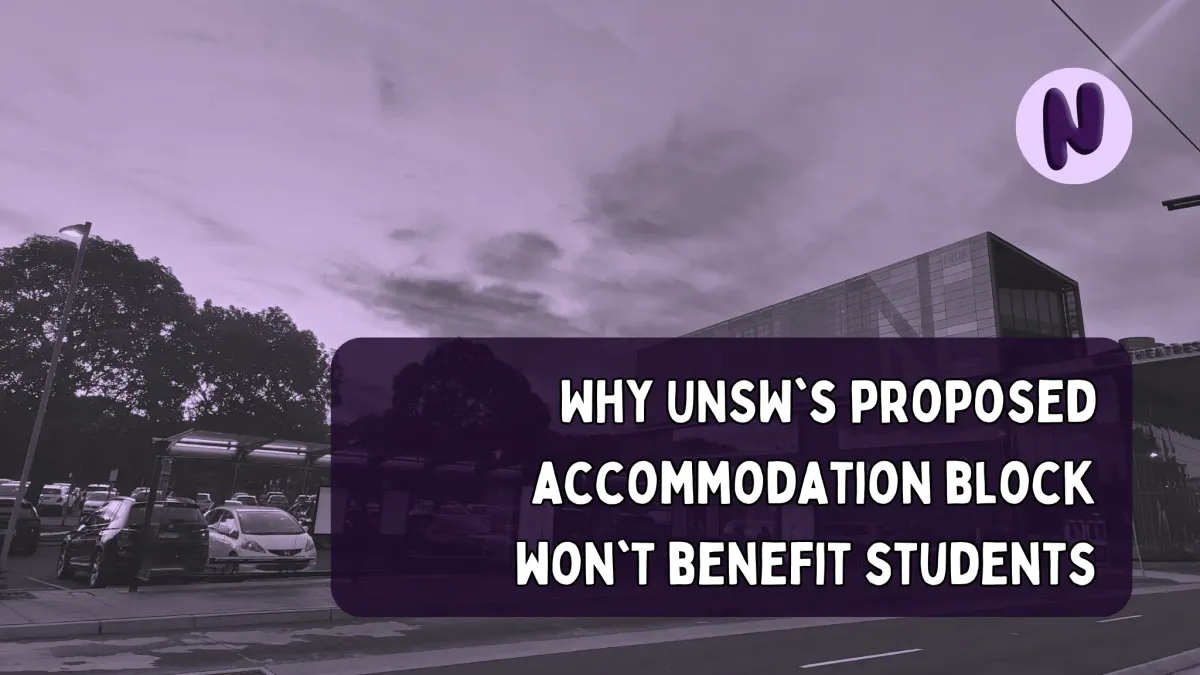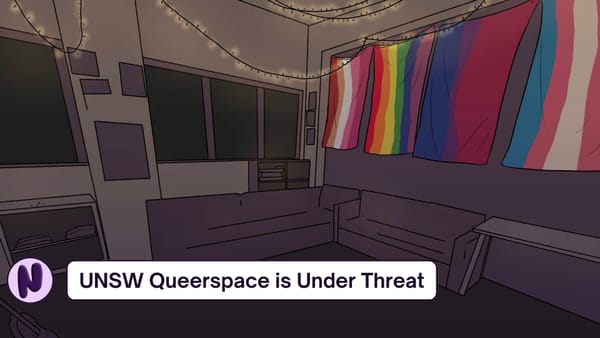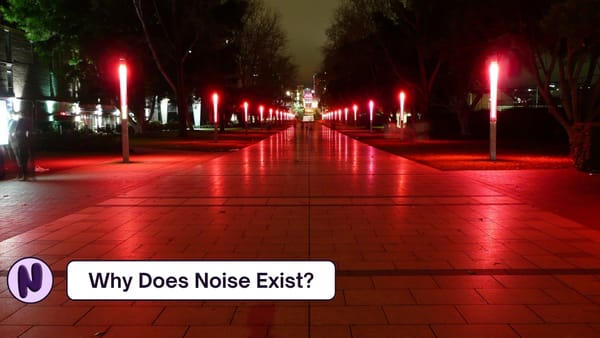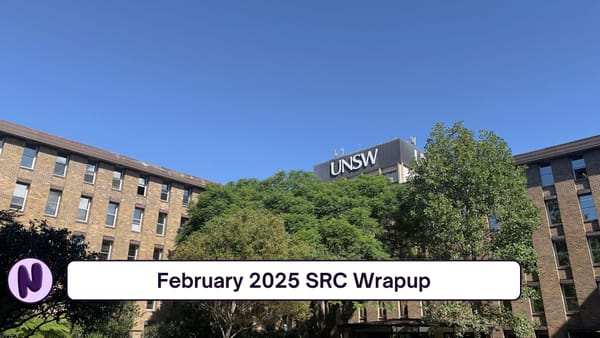Why UNSW's proposed accommodation block won't benefit students
The carpark next to NIDA is being developed into the most expensive student housing UNSW has seen, pending Randwick City Council's approval.

A proposed Development Application (DA) is currently under submission in Randwick Council, at 215B Anzac Pde, Kensington, being across the road from the Anzac Pde Light Rail Stop, between NIDA and New College Village, where the carpark currently is.
The proposal is for a new block of student accommodation supporting 953 beds, along with private residential facilities, and shared local areas including university and commercial spaces. This will be across a five building complex, with towers up to 16 stories high, and will be run by iglu Pty Ltd, a private developer of student accommodation, who currently run at least a dozen properties across Sydney, Melbourne, and Brisbane.
Noise has been contacted by a local community group, who oppose the development on multiple grounds, and are lobbying Randwick City Council to not give the go-ahead to this project. These views have also been shared by NIDA, the National Institute of Dramatic Art, who are located directly next to the site.
This has included setting up a petition, which at time of writing is at 1,580 signatures.
They saw some initial success, with the original proposal which was submitted in May last year being deemed too tall and would be too negatively impactful on the surrounding area. The plans were then resubmitted recently under their current guise with the heights of the main buildings reduced, however many of their initial objections still remain.
Most pressingly is the fact that this is not in the best interest of students, with many arguing that the land can, and should be put to better use, being either for providing affordable student accommodation, and/or more space for educational facilities.
With many finding students in financial difficulties during the ongoing cost of living crisis, including finding affordable accommodation given shortages in the housing market, many are questioning why the university has allowed a private developer to undertake such a project given these external circumstances.
Being privately run, these rooms are naturally not worth their cost.
Insiders have provided Noise with potential weekly rent figures ranging from the $500-600 mark, up to starting from $750 per week. Being located directly opposite UNSW, it is not unreasonable to suspect that these rooms will be on the more expensive end of this estimate.
This estimate correlates with prices at iglu’s other properties across Sydney. Prices for a standard studio currently begin around the low-mid $700’s at their properties further away from educational facilities, such as Summer Hill, Mascot, and Chatswood. For properties in close proximity to other universities like USyd and UTS and/or the CBD, this goes up to the low $900s.
Whilst all the rooms have individual bathroom, shower, and kitchen areas, the rooms are only modestly sized given their price, with the average studio apartment around 17-20m².
In contrast, many apartments on campus run by UNSW are several hundred dollars cheaper, despite having many of the same facilities. For example, one of largest currently available rooms, a 30m² 1-bed apartment with private bathroom, kitchen, and balcony in The Terraces, is currently only $475 per week. A standard studio apartment in the same building, roughly the same size as the proposed iglu rooms, is just a mere $382 per week.
Whilst this may still be out of reach for some, it is nowhere near the level of cost these proposed iglu apartments will be likely to go for.
Of crucial note is that under land zoning policies, the land is currently listed as SP2 - Educational Establishment. In other words, any development on the land should be under direct control and purview of the university.
Instead, this land is being handed off to a private developer whom, since 2014 has been majority owned by a joint-venture between GIC, the sovereign wealth fund of the Singaporean government, and Macquarie Capital, which is part of Macquarie Group, the largest infrastructure asset manager in the world, including significant investments in oil and gas fracking.
In May of last year, at the same time the original plans were submitted, the UNSW SRC council voted on, and carried a motion with the resolution that “All UNSW accommodation must be affordable and not for profit”.
Given this, it is astonishing that UNSW has given its approval for this project to go ahead, especially since the initial plans needed to be resubmitted.
Also on the list of objections about this project concerns the design of the buildings themselves. It is worth noting that the initial DA plans submitted in May last year were rejected after it was deemed the heights of the buildings had too many negative impacts. As such, the heights from the two main towers were reduced from 23 and 19 stories high, to 16 and 15 stories high respectively.
However, there is still opposition with these plans arguing that the proposed buildings are still too large for the area. If built, these buildings would still be amongst the tallest on campus, rivalling, if not surpassing the Library, BABS, and the Matthews Building.
Being located along the East-West orientation, these buildings would have significant overshadowing impacts down much of Main Walkway during the late afternoon and early evening hours, especially during the winter months. This is without mentioning various other overshadowing and privacy impacts on surrounding housing.
It is additionally argued that such a large development is out of character for the area, and feel that this would be more appropriately placed in either Kensington or Kingsford town centres.
The design report justifies this by noting that there are multiple buildings of similar size at UNSW currently, such as the aforementioned Library and Matthews Building.
However, it is worth noting that most of the tallest buildings (9+ stories) are located more internally within the campus, or are otherwise built into the terrain to minimise the height along active frontages.
Most of the buildings facing residential housing are a more modest 3-5 stories in height, or are otherwise built into the terrain as to minimise the height along active street frontages.
You can also hear of some additional objections we couldn’t fit into the article in Episode 1 of our new podcast Make Some Noise, here.
Given all this, it is a mystery of who this development is meant to serve. It doesn’t cater for the average domestic student, being too out of pocket for many, especially for people from rural and regional areas who have a higher priority of needing to use student accommodation, nor does it provide an option for international students, who are often partial towards private housing in this price range.
One wonders if this will be like Jacaranda Hall, which with small rooms and high costs is suffering from chronic inoccupancies.
We reached out to the developer, iglu, Randwick City Council, and UNSW Estate Management for comment about the development, including several questions inquiring about specifics of the project.
None of them got back to us.
As mentioned, this DA is currently on exhibition by Randwick City Council. As part of the DA process, it is open for public submission and comment until Thursday 6th June 2024. If you would like to write to council to outline your concerns about the project, you can do so by emailing Randwick Council at [email protected].
We have provided a template here. We request that you personalise it where requested, so it is less likely to be flagged as spam.
If you wish to view the relevant planning documents, you can download them from the council website here: onlineservices.randwick.nsw.gov.au/ePathway/Production/Web/GeneralEnquiry/EnquiryDetailView.aspx?Id=909296
Further details about DA submissions can be found in this document Making submissions information sheet (nsw.gov.au), with particular reference to making DA submissions under the heading How do I make a submission? on page 2.
You can also add your name to the aforementioned petition opposing the development here.



